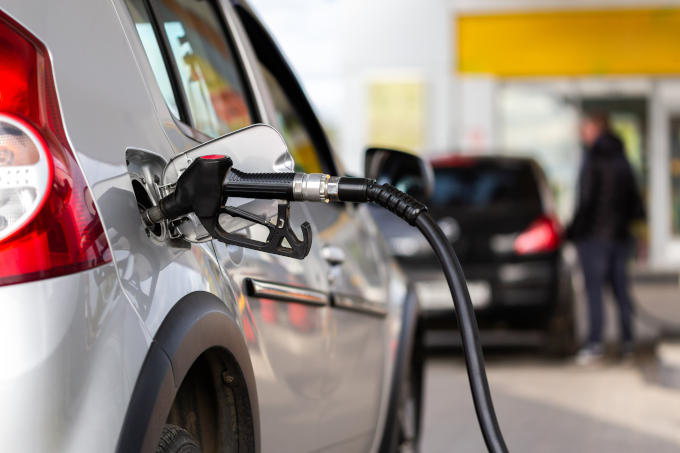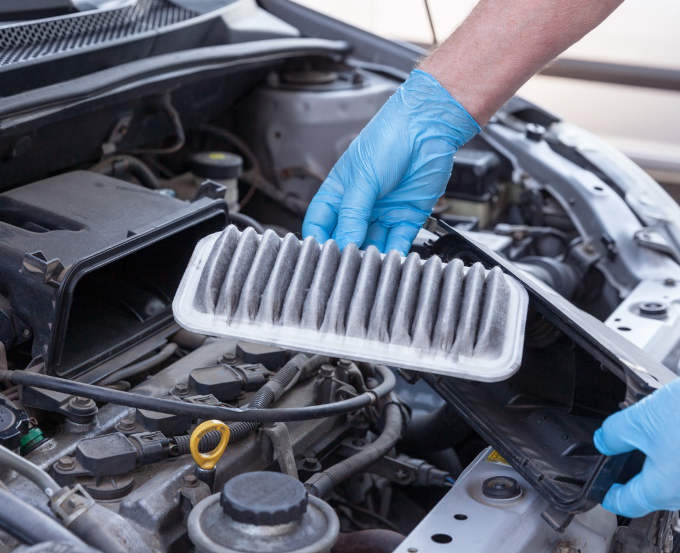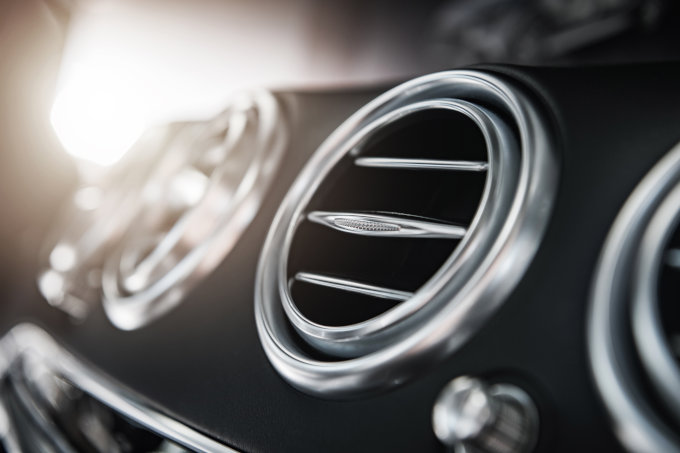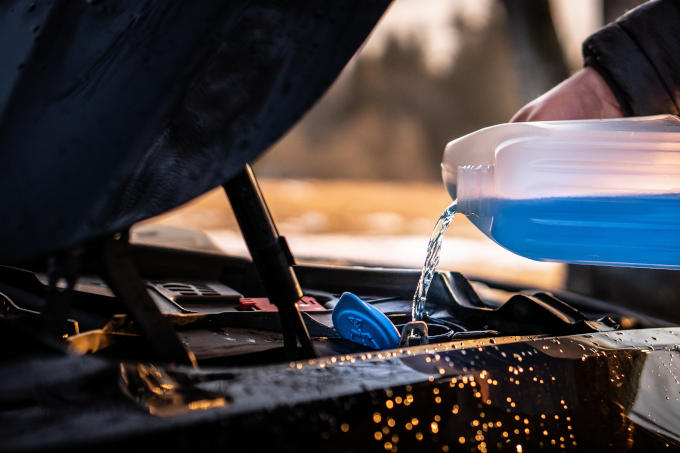Originally published on 06/14/2015
Updated on 09/01/2022
Whether running errands, driving the kids here and there for their activities, or going on a summer road trip, you don’t want to spend a ton of money on gas to get to your destination, especially now that gas prices have spiked. Or maybe you’re concerned about the environment and your contribution towards saving it.
Whatever the reason, changing your maintenance and driving habits can be a defining factor in lowing your fuel costs.
There are some clear signs of bad fuel economy. Noticing that you have been stopping at gas stations for refills more often can indicate a problem. Many vehicles display how many miles per gallon you are getting. If you feel your vehicle is underperforming in fuel economy, you can do a few things.
Here are some easy and simple tips to help improve your vehicle’s fuel economy, save you money, and, perhaps, make you a better driver and vehicle owner.
1. Bad Driving Habits
Speeding: If you regularly drive over the posted speed limit or make excessive stops while driving around town, you’re likely wasting gas. Try going slower during highway driving and be more patient while driving around town. This will help to increase your fuel economy while at the same time helping to decrease your chances of needing vehicle repairs. Try using less brake and instead use coasting to slow down.
Aggressive Driving: Aggressive driving helps no one, and certainly not your vehicle’s fuel economy. Rapid acceleration and braking will just burn more fuel. Go easy on the gas and brakes. Moreover, your fellow drivers will appreciate your sensible driving. If your vehicle has cruise control, you can turn it on under appropriate conditions to get the best fuel economy.
Revving Engine/Peeling Out: Aside from being obnoxious and wasting gas, revving your engine puts unnecessary strain on your engine, and a peel-out strains the whole drivetrain. Standard vehicles are not designed to perform these maneuvers. If you do it often, your engine’s life will decrease while at the same time increasing the need for more trips to the pump, maintenance, and expensive repairs.
Idling: Idling is to blame for fuel burned with no use at all. You are getting zero miles per gallon. Turn off your vehicle if your expected stop time is longer than 3 minutes. Half a gallon to one gallon of fuel burns away when you idle for one hour. Thankfully, there is modern technology available to help. For example, a vehicle’s auto start and stop will do this job for you.
2. Proper Tire Inflation
Underinflated tires can wreak havoc on your vehicle’s fuel economy. All vehicles require different tire pressures, so it’s essential to check your door jamb sticker or owner’s manual for the appropriate pressure for your specific tires. You'll increase your fuel economy by properly inflating your tires according to the manufacturer’s recommendations.
When your vehicle’s tire pressure reduces, its contact area with the road increases, resulting in increased rolling resistance, which burns more fuel, decreasing the fuel economy. Underinflated tires also reduce the tire’s life. Other risks include the tire bursting or damage to your vehicle’s suspension and tire assembly.
Make a habit of checking tire pressure regularly for optimum performance, longevity, and safety.
3. Plan Ahead
Unnecessary trips can waste a lot of gas. Try to plan your day around completing multiple tasks and running several errands in one trip instead of two or three.
The following steps will also help you better plan ahead:
- Decide on the route you will be taking. If there is more than one route to your destination, select the one with fewer hurdles and distance.
- Stay updated on traffic conditions and road accidents. If you know the road is closed for some reason, you can save yourself from going the extra mile.
- Use highways and freeways when possible.
By consolidating your trips, you reduce travel time and fuel consumption. Planning saves you time and money.
4. Travel Light
The heavier your vehicle, the worse your fuel economy is over the miles. For everyday driving, only keep the essentials in your vehicle. Chances are, your trips will not need as much gas. Weight heavily affects lightweight vehicles like hatchbacks, sedans, and crossover SUVs. Plan your trips and thoughtfully select what you take as luggage. If you don’t need something, don’t take it. Try using multi-purpose gadgets and accessories. Keep your vehicle clean and ensure it does not carry any unnecessary items in the trunk. What you will get from this practice is a clean and well-maintained vehicle, fewer things to worry about, and, most importantly, increased fuel economy.
5. Regular Maintenance & Repair
When your vehicle is exhibiting issues requiring auto repair, it can affect fuel economy. Your gas mileage can decrease quite a bit if your vehicle is experiencing issues like clogged air filters, a slipping transmission, faulty oxygen sensors, and other problems that can damage your fuel economy. Visit your mechanic regularly and have your car checked thoroughly. A minor fault might cost you money on gas and translate into a more extensive repair.
Typical areas of problem to address are:
- Fuel injectors
- Engine air filter
- Fuel filter
- Transmission fluid
- Transmission filter
- Oxygen sensor
- Pistons and piston rings
- Engine oil
- Brakes
- Tire Alignment
- Tire pressure
We’re Here To Help!
If you notice any fuel efficiency issues with your vehicle, contact AAMCO Lee’s Summit today. We have a team of experienced mechanics who can look at your vehicle and diagnose any problems. We also offer a wide range of services, from oil changes to brake repairs. We use the highest quality parts and fluids, so you can rest assured that your vehicle is in good hands to get you back on the road as soon as possible.










